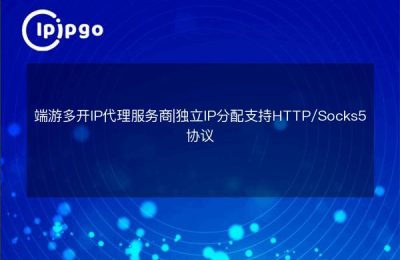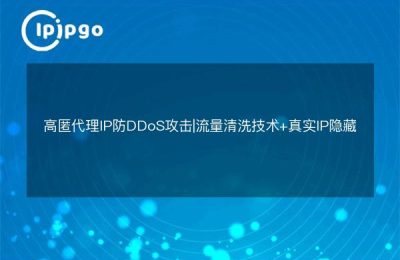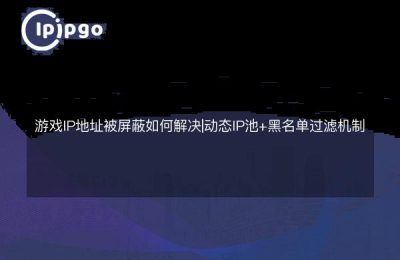
In modern network applications, using the IP Proxy API interface can help you easily manage and switch proxy IPs to improve the efficiency and security of data capture. Below, we will introduce in detail how to dock the IP Proxy API interface, so that you can be more comfortable in using proxy IP.
Understanding the IP Proxy API Interface
Before you start interfacing, you first need to understand the basic functions and uses of the IP Proxy API interface. Typically, the IP Proxy API interface provides the following features:
1. Get Proxy IP: Obtain an available proxy IP address through an API request.
2. Verify Proxy IP: Check the validity and anonymity of the proxy IP.
3. Managing IP Pools: Add, delete, or update proxy IPs in the IP pool.
4. Statistics and Monitoring: Provides usage statistics and monitoring features to help optimize proxy IP usage.
preliminary
Before interfacing to the IP Proxy API interface, you need to make the following preparations:
1. Choosing the right service provider: Choose the right IP proxy service provider for your needs and make sure they provide a stable and efficient API interface.
2. Getting the API key: Register and get the API key, which is the credentials to access and use the API interface.
3. Read the API documentation: Carefully read the API documentation provided by the service provider to understand the request format, parameter descriptions and return results of the interface.
Interface to IP Proxy API
The following are the basic steps for interfacing to the IP Proxy API interface:
1. Send Request: Construct the HTTP request according to the instructions in the API documentation. Typically, you need to specify the method of the request (GET, POST, etc.) and the URL of the request.
import requests
api_url = "https://api.example.com/get_proxy"
api_key = "your_api_key"
headers = {
"Authorization": f "Bearer {api_key}"
}
response = requests.get(api_url, headers=headers)2. Processing Response: Parses the response data returned by the API. Usually, the response data is returned in JSON format, and you need to extract the proxy IP information from it.
if response.status_code == 200: data = response.json()
data = response.json()
proxy_ip = data.get("proxy_ip")
print(f "Proxy IP obtained: {proxy_ip}")
print(f "Proxy IP obtained: {proxy_ip}")
print("Request failed")3. Using a Proxy IP: Use the acquired proxy IP in your application. you can configure the proxy IP into your HTTP requests to implement proxy access.
proxies = {
"http": f "http://{proxy_ip}",
"https": f "https://{proxy_ip}"
}
# Sending a request using a proxy IP
response = requests.get("http://example.com", proxies=proxies)caveat
When interfacing and using the IP Proxy API interface, you need to pay attention to the following points:
1. Request frequency: Follow the service provider's usage policy and avoid too frequent API requests to avoid being blocked.
2. error handling: Implement robust error handling mechanisms to ensure that requests are responded to and handled in a timely manner when they fail.
3. safety: Keep the API key properly to avoid security issues caused by leakage.
summarize
Docking IP proxy API interface is an effective way to enhance the flexibility and security of network applications. By using the API interface wisely, you can easily manage and switch proxy IPs for more efficient data capture and privacy protection. I hope this guide can help you successfully complete the docking of IP proxy API interface.








